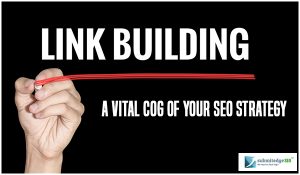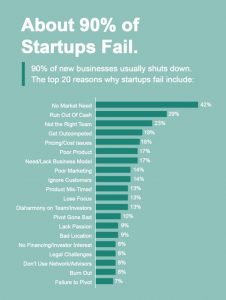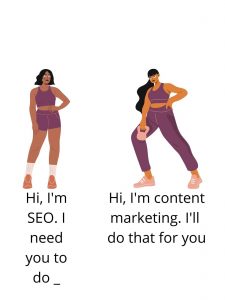
2. Small Business Retail Strategies for Success (Part 2): Tracking and Monitoring Trends
There are many factors that contribute to the success of a retail store. In this blog installment, I’ll be discussing specific marketing strategies and tactics that could be employed to help build awareness, increase foot traffic and/or repeat business. For the purpose of staying focused, we’re going to assume that the retail store already has a “presence” in its geographical area.
It should be obvious that a promotion should only be conducted if it will attract customers and business. The type of strategy you select, your pricing during the promotion and those to whom you market each promotion will determine your success in attracting new customers and building incremental sales. You’ll need to do some analysis to determine what the return on your investment will be for any given promotion being considered. You must put some estimates against each tactic. For example, you must place a monetary value on a new customer, determine how much additional revenue a new customer generates in a year and how much additional revenue will be generated by the promotion itself. Some other important considerations include the need to:
- Price out the exact cost of the promotion, from basic costs to planning and execution.
- Based on when you’re planning to run your promotion, determine the prior few years sales during that time period to form a basis of determining whether or not your promotion is successful.
- Determine what your goal is for the promotion. For instance, is it to: Introduce new customers? Increase gross sales or profits? Enhance the store’s image?
Below are some broad marketing strategies to consider and a brief overview of what each is:
- Frequent buyer programs – a card gets punched each time the customer spends $ 10 or more and after 10 punches, they get a reward.
- Bonus bucks – for every dollar they spend today they get X dollars for a future purchase.
- Special events -hire a character in a costume for customers to take pictures with, have musicians, fashion show, product demonstrations with “free” takeaways.
- Contests – can be anything from a drawing to take a picture of a product you bought from our store “in use” and post it on your Company’s Facebook page.
- Coupons – can run ads in local papers and online social media.
- BOGO’s – buy one get one…free? half off? etc…
- Cross promote with other local retailers – feature products from other stores in your windows, as well as inside in a special display area. While the other retailers’ merchandise should not be sold at your store, it should be used to enhance and/or accessorize your products. Provide an “introduction card” entitling the customer to a special discount on their first purchase at each other stores. In addition, after the card has been used at all participating stores, it can then be entered into a drawing for prizes.
- Community involvement – work closely with charitable and nonprofit organizations; sponsor events or awards (especially with schools), become an active member and participant in the activities of one or more organizations.
Once you’ve decided upon a marketing strategy it is imperative to create a launch plan which will outline the details of the promotion(s) as well as the channels you’ll use to promote it (i.e. “get the word out”). This step is just as important as creating the promotion itself because afterall, if no one knows about your promotion, it won’t yield significant results. It can be overwhelming to create and implement a promotion and I highly advise you do your homework thoroughly and/or seek the assistance of a marketing consultant.
Next week I’ll be talking about the importance of customer service and different tactics you should be employing to stand out and keep your customers coming back.
Business & Finance Articles on Business 2 Community(42)
Report Post







